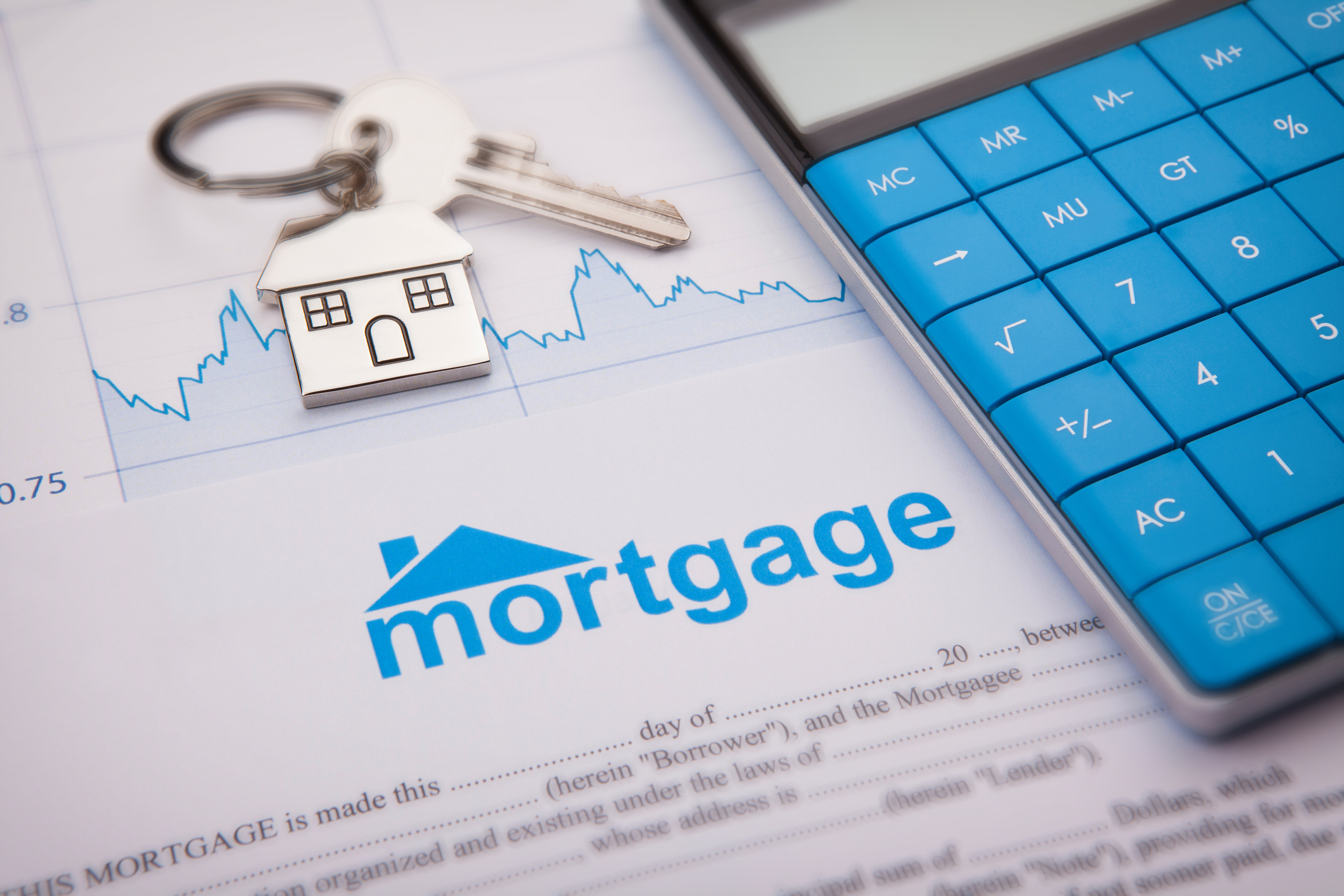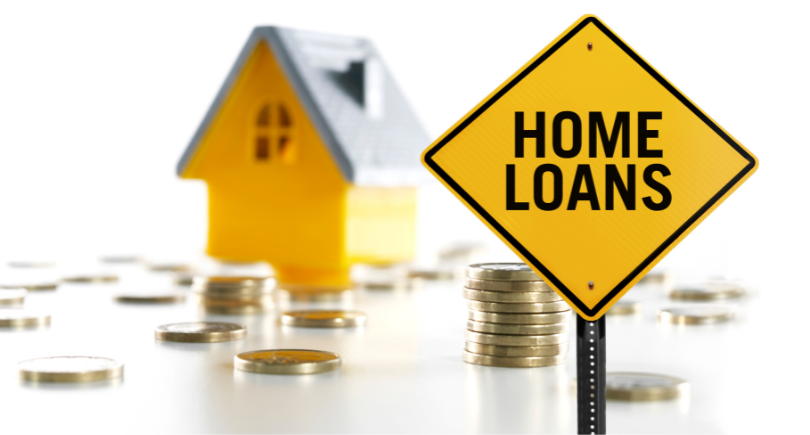Conventional Mortgage Loans: Flexible Funding Solutions for Your Fantasize Home
Conventional Mortgage Loans: Flexible Funding Solutions for Your Fantasize Home
Blog Article
The Crucial Variables to Think About When Finding Between Fixed-Rate and Adjustable-Rate Home Loan Car Loans
When examining home loan choices, debtors encounter a crucial decision between fixed-rate and adjustable-rate financings, each providing distinct benefits and prospective mistakes. Trick considerations such as interest price stability, predictability in month-to-month repayments, and the implications of possible rate changes can substantially impact long-term economic health.
Rates Of Interest Security
When choosing a home loan, recognizing interest rate security is critical for informed decision-making. Interest rates can substantially influence the overall cost of a home loan, and acknowledging the nature of these prices is essential for customers.
On the other hand, adjustable-rate home mortgages (ARMs) start with reduced first prices that might change periodically based on market conditions. While this can cause lower repayments originally, it additionally presents unpredictability, as consumers might encounter raised payments if rate of interest rise. For those taking into consideration an ARM, it is essential to evaluate the likelihood of rate modifications, the capacity for payment increases, and the size of the preliminary fixed-rate duration.
Eventually, the choice between fixed-rate and adjustable-rate home mortgages depends upon private danger tolerance and economic situations. Understanding interest rate stability assists debtors make educated decisions that align with their long-term financial objectives.
Month-to-month Repayment Predictability
While customers typically prioritize rate of interest security, the predictability of monthly settlements is just as crucial in the mortgage selection procedure (Conventional mortgage loans). Regular monthly payment predictability plays a crucial role in budgeting and financial preparation, as it directly impacts a property owner's cash money circulation and overall economic health and wellness
Fixed-rate mortgages supply a constant monthly settlement throughout the life of the finance, enabling customers to anticipate and intend their expenses efficiently. This security can be especially helpful for newbie homebuyers or those on a set earnings, as it removes the unpredictability linked with changing payments.
On the other hand, adjustable-rate mortgages (ARMs) typically feature reduced initial repayments that can transform over time, causing possible variability in regular monthly commitments. While initially attractive, this changability can make complex financial planning, particularly if consumers do not account for future rate changes.
Prospective Price Adjustments
In the world of variable-rate mortgages (ARMs), potential rate modifications stand for a substantial factor that customers have to carefully think about. Unlike fixed-rate home loans, where the rate of interest price continues to be unchanged for the life of the funding, ARMs are identified by fluctuating rate of interest rates that are connected to market indices. This irregularity can bring about substantial changes in regular monthly repayments, affecting the borrower's financial planning and budgeting.
Borrowers must be mindful of the margin and index utilized to compute these modifications, as they directly affect future rate of interest rates. Furthermore, ARMs typically include caps that restrict how a lot the passion rate can boost at each modification and over the life of the finance, which can offer some degree of security versus extreme price walkings.
Recognizing these prospective adjustments is vital for customers, as they straight affect lasting payment responsibilities. Therefore, analyzing personal monetary scenarios and risk resistance is important when making a decision whether an ARM aligns with one's monetary goals.
Loan Term Considerations
Financing term factors to consider play a crucial duty in the decision-making procedure for consumers picking between fixed-rate and adjustable-rate home loans. The length of the car loan term considerably impacts monthly settlements, passion prices, and general financial preparation.

Eventually, customers should assess their individual scenarios, financial objectives, and market problems when considering the effects of loan term choices within each mortgage type.

Overall Price of Loaning
The general cost of loaning is an important factor that can dramatically influence a consumer's option in between fixed-rate and adjustable-rate home mortgages. Fixed-rate mortgages use predictable regular our website monthly settlements, as the rates of interest stays constant throughout the funding term. This predictability can lead to lower total costs, particularly in a secure or declining rates of interest setting. Customers can budget plan properly, knowing their repayments will certainly not rise and fall.
On the other hand, adjustable-rate home mortgages (ARMs) typically start with lower preliminary rates, leading to minimized ahead of time prices. However, these rates can increase after an initial period, resulting in potentially higher long-lasting expenses. Customers need to take into consideration the frequency and degree of price changes, along with the total funding period, to precisely evaluate the financial implications.
Moreover, the total price of loaning includes not only rate of interest yet likewise charges and other linked expenses, such as closing costs and insurance (Conventional mortgage loans). When examining mortgage alternatives, debtors ought to perform a complete expense analysis over the life of the financing. By doing so, they can make an educated choice that straightens with their financial objectives and risk resistance
Conclusion
In conclusion, choosing between adjustable-rate and fixed-rate mortgage necessitates mindful consideration of a number of crucial variables. Rates of interest stability and month-to-month payment predictability are vital for effective budgeting, while the capacity for price changes in ARMs presents financial unpredictability. Additionally, the expected period of homeownership and the overall expense of loaning, including rate of interest rates and connected costs, must line up with specific monetary circumstances and take the chance of tolerance. Such a thorough link analysis will certainly help with educated decision-making in mortgage option.
Key considerations such as interest price security, predictability in month-to-month settlements, and the effects of possible price modifications can dramatically influence long-lasting monetary health and wellness. Rate of interest rates can considerably impact the overall price of a home mortgage, and identifying the nature of these prices is necessary for debtors. Unlike fixed-rate home loans, where the rate of interest rate remains unchanged for the life of the lending, ARMs are characterized by fluctuating passion prices that are connected to market indices. Furthermore, ARMs commonly include caps that limit how much the passion rate can boost at each modification and over the life of the finance, which can give some degree of security against extreme price hikes.
Interest price security and regular monthly payment predictability are vital for efficient Discover More budgeting, while the capacity for rate changes in ARMs introduces economic unpredictability.
Report this page